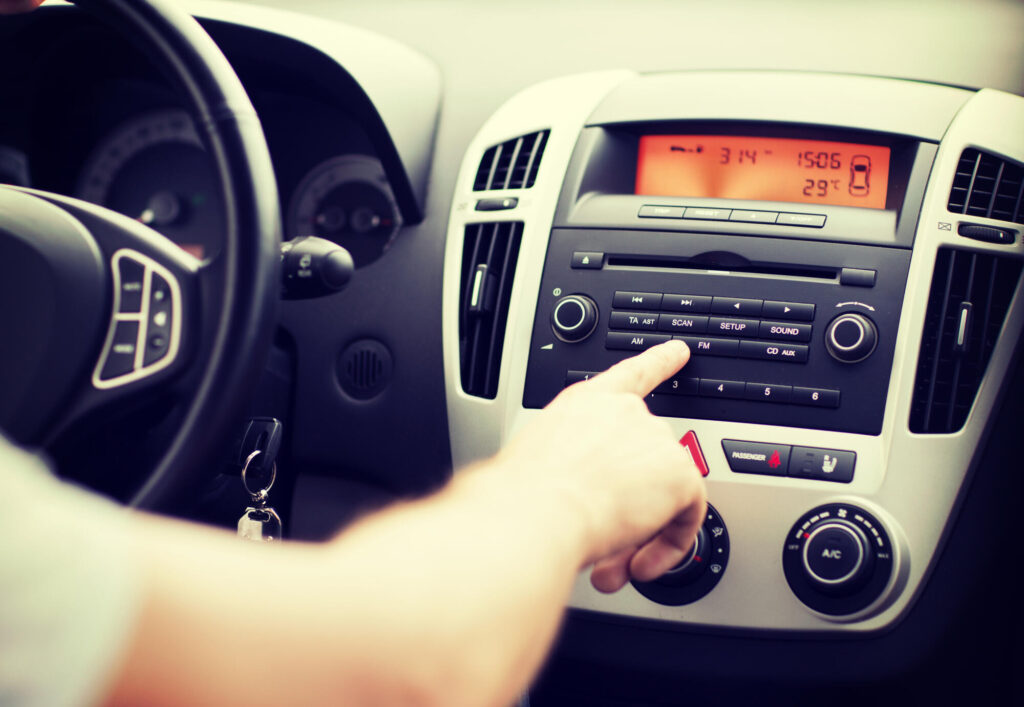On a hot summer day, a broken car air conditioner can make even short trips feel awful. But fixing the problem doesn’t have to be hard.
Many common issues can cause your car’s AC to stop working. If you know what to look for, you can often find and fix the problem yourself.
In this guide, we’ll go over four simple ways to check and repair your car’s air conditioning system.
1. Check the AC Components
One of the ways to diagnose and repair a faulty car air conditioning (A/C) system is to check the A/C components. This involves inspecting key parts such as the compressor, condenser, evaporator, blower motor, and A/C belts. A visual check can reveal signs of wear, leaks, or damage.
For example, if the compressor is not engaging or makes unusual noises, it may be failing. The condenser should be clear of debris, and the evaporator must be free of blockages.
Mechanics also test the blower motor to ensure air is circulating properly. Identifying a faulty component early helps prevent further issues and costly repairs.
2. Test the Refrigerant Levels
Low refrigerant is a common cause of poor cooling performance. To check this, a technician uses a manifold gauge set to measure the pressure in both the high and low sides of the system. If the pressure readings are too low, it indicates that the system may be undercharged or leaking.
In such cases, the system is typically evacuated, leaks are identified and repaired, and then it is recharged with the correct amount of refrigerant. Proper refrigerant levels are essential for optimal A/C performance, and testing ensures the system maintains the pressure needed to deliver cold air efficiently and reliably.
3. Evaluate the Electrical System
The A/C relies on various electrical components such as fuses, relays, switches, sensors, and the control module. If any of these parts malfunction, the system may fail to operate properly. A technician begins by checking the fuses and relays for signs of damage or failure.
They may also use a multimeter to test voltage at different points in the circuit. Faulty wiring, corroded connectors, or broken sensors can disrupt power to the compressor or fans.
Once the electrical issue is identified, the damaged part is repaired or replaced. Evaluating the electrical system ensures the A/C runs smoothly and responds correctly to user inputs.
4. Assess the Climate Control Settings
Sometimes the issue may not be with the air conditioning system itself but rather with the climate control settings. Sometimes, resetting the climate control settings can fix the problem. If your car has a complex climate control system with many options, check the manual for help.
Professional technicians provide fast and efficient AC services and can pinpoint problems that may not be immediately apparent. They have the right tools and experience to make sure your air conditioning works well again.
Diagnose and Fix a Faulty Car Air Conditioning System
To sum up, fixing a broken air conditioner can be easy if you know what to check first. Look at the parts, test the refrigerant, check the electrical system, and see if the climate controls work right.
Many times, you can fix it yourself. But if you can’t, don’t be afraid to ask a professional for help. Taking care of your air conditioner is important to stay comfortable and safe while driving.
Looking for more? You’re in the right place! Make sure to bookmark our page and come back to check out more interesting articles.






